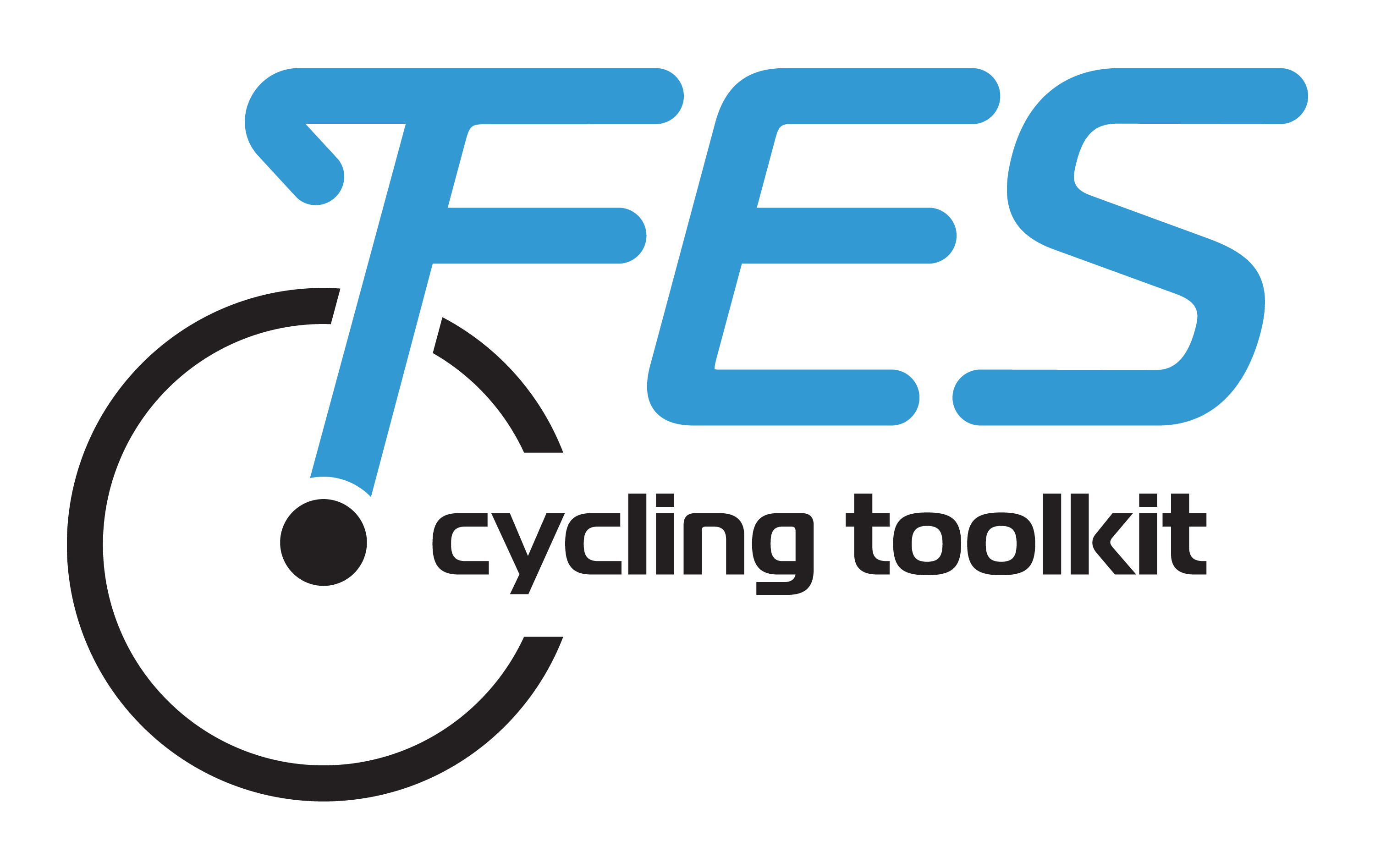Benefits and risks
The cycling is something that we look forward to every week.
- FES cycling user
FES cycling offers a safe and effective solution for individuals with neurological impairments to engage in progressive resistive exercise, unlocking therapeutic and health benefits.
Target area and potential benefits from FES cycling
Cardiovascular
• Improve blood flow
• Decrease glucose and insulin levels in blood
• Improve and maintain cardiovascular conditioning
• Increase in lean muscle mass and capillary numbers
Muscle health and movement
• Increase muscle size and strength
• Improve muscle composition
• Improve fatigue resistance
• Improve rate of soft tissue healing
• Reduce swelling
• Prevent disuse atrophy
Bone health
• Prevent loss of bone mineral density
• Improve bone health in lower limbs
• Improve rate of fracture healing
• Increase joint range of motion
Spasms and spasticity
• Reduce frequency and/or intensity of muscle spasms
• Reduce effects of spasticity
Cardiometabolic
• Reduce amount of adipose tissue
Secondary complications
• Decrease chance of infections
• Decrease chance of pressure injuries
• Decrease chance of fractures
Other
• Increase AIS score in lower extremity
• Recovery of movement below the level of the injury
Potential risks of FES cycling include:
- Fatigue
- Brief drop in blood pressure
- Increased spasticity
- Light-headedness
- Skin redness
- Incontinence
- Leg swelling
- Autonomic dysreflexia
- Quadriceps hematoma
- Bone fracture
The RT 300 FES motorized cycle ergometer is classified as a Class 2 medical device by Health Canada.28
The specific indications for the RT 300 include:
- Muscle re-education
- Prevention or delay of disuse atrophy
- Maintain or increase range of motion
- Increase local blood circulation
- Relax muscle spasms

